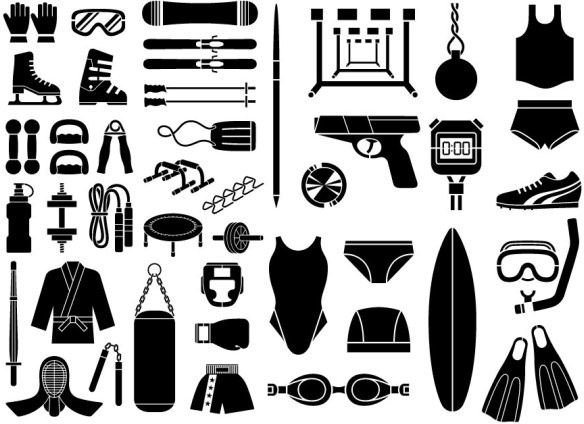
Over the past few years, I have worked in various settings such as acute care, pulmonary function testing and patient education. My experience varied from working in an active 12-hours long day or night shift in the ICU/ER setting to a more sedentary 8 to 9-hours “office job”/shift in pulmonary function testing and patient education. I faced different challenges in each setting. For example, around the 4th month working in ICU/ER, I noticed that wearing quality footwear will have a significant impact by reducing discomfort, and indirectly improving my energy and concentration levels. On the other hand, during the less physically demanding shifts at PFT, I felt a total body fatigue and discomfort that stems from sitting for prolong periods of sitting down (i.e. reduced mobility and sedentary aspect of PFT/Patient Education setting). In an attempt to improve the quality of life of my fellow clinicians, I reached to various healthcare professionals to get their advice (which I will share in a series of posts titled ‘Improved’).
In this post, I share the advice, tips and wisdom from a Personal Trainer. Keerthanan Kugathasan is a personal trainer equipped with latest knowledge from his studies at York University’s Kinesiology and Health Science program. The following is a summary of his recommendations:
Working long sedentary hours a day can be detrimental to your body and health. Sitting more than 8 hours a day has been proven to increase the risk of muscular skeletal diseases, obesity, diabetes, cancer, heart disease and kidney disease (CDC. 2015). The spinal cord of the human body also puts up a huge strain, constantly in a curved position while you sit at your desk. This can evidently lead to poor posture when standing and sitting. Large muscles and joints, especially the ones located in the hip/lower region of the body, also tend to tighten up, as there is not much stretch or strengthening occurring as you remain sedentary in a sitting position for a significant period of time (AAOS. 2013).
In relation to the respiratory therapy job, there are days when clinicians endure a full 8-9 hour shift with not much physical activity. Although both the Acute and Diagnosis/Education job settings have differences in terms of hours and the amount of time you’re sedentary, it’s important to try and increase movement for the body so muscles and joints do not adapt into a sedentary setting.
My recommendations if you work long hours in a sedentary position:
- Add more activity to your day… starting with your commute. If you take the subway to work, get off a few blocks before your workplace so you can arrive to work with great, positive energy after that short walk. Also, try alternatives routes to your desk, such as taking the stairs instead of the elevator.
- Being active during your break! Instead of hanging around your desk and indulging on snacks, take these snacks on the go while you take a brisk walk either outdoors or even around the office! Not only will your muscles get activated, but you’ll be feeling a lot more awakened in the mind!
- Take time-outs every 30 minutes to stand up and have a quick stretch! Sitting for long periods of time can interrupt proper blood flow to all your muscles. Standing up frequently and stretching all the tight muscles on your body will allow blood and oxygen to flow thoroughly around the body.
- Organize the lay-out of your office space so you have to stand and walk over to machines such as telephones, printers, and medical equipment. Simply moving everything out of reach will allow more activity from your body
- If your work place allows this; use a medicine ball instead of your usual chair when sitting at the desk. Not only will this fix up your posture, but you will also be working your core muscles trying to balance on the ball.
- A fun one: When there is available time to use the equipment in your job setting, try testing out your VO2 max! The office can also incorporate a contest among all employees to see who gets can achieve the highest!
Remember, you spend a great chunk of your adult life at work! Therefore, it is important to take care of your well-being and body while doing so.
-Keerthanan Kugathasan (Personal Trainer)
For further questions or advice, please email: keerthanan.1326@hotmail.com
References:
>AAOS. Lower Back Pain. December 2013 http://orthoinfo.aaos.org/topic.cfm?topic=A00311
>CDC. Physical Activity and Health . June 04, 2015 https://www.cdc.gov/physicalactivity/basics/pa-health/
[End] [Farzad Refahi RRT. FarzadRefahi.com . March 19, 2017]